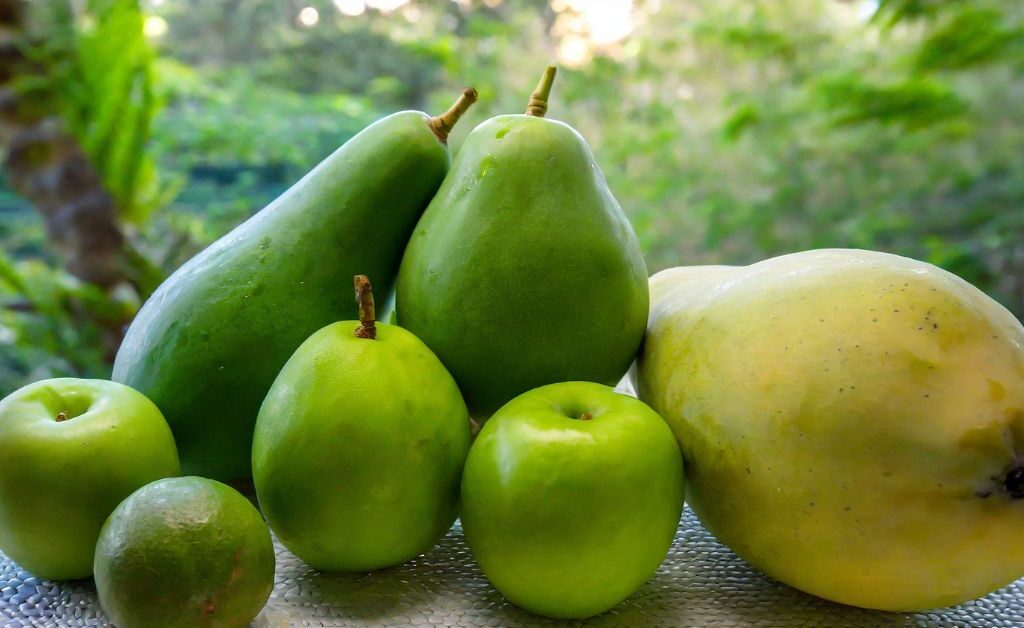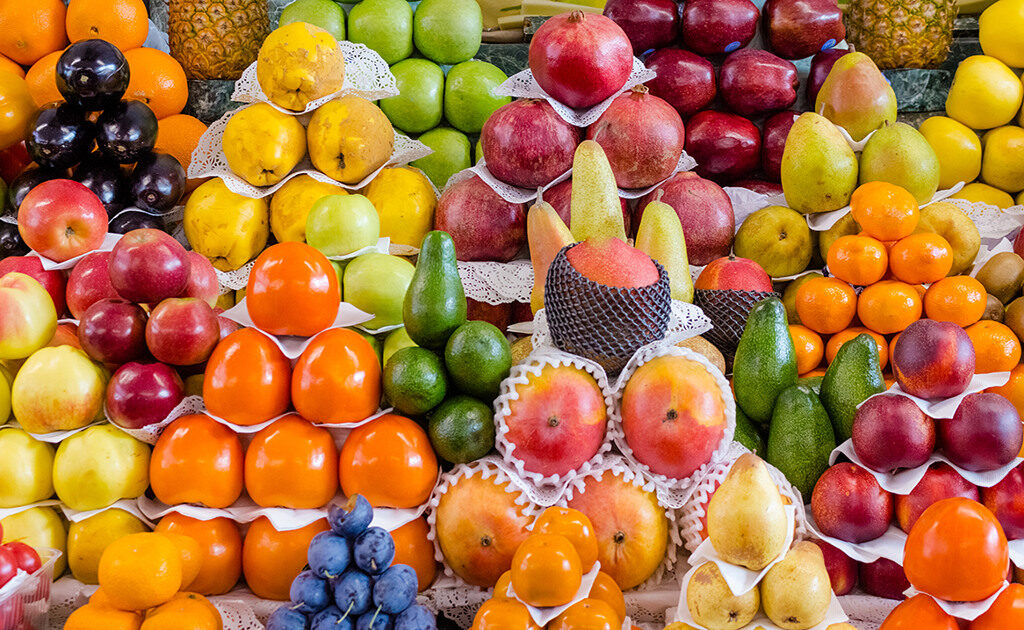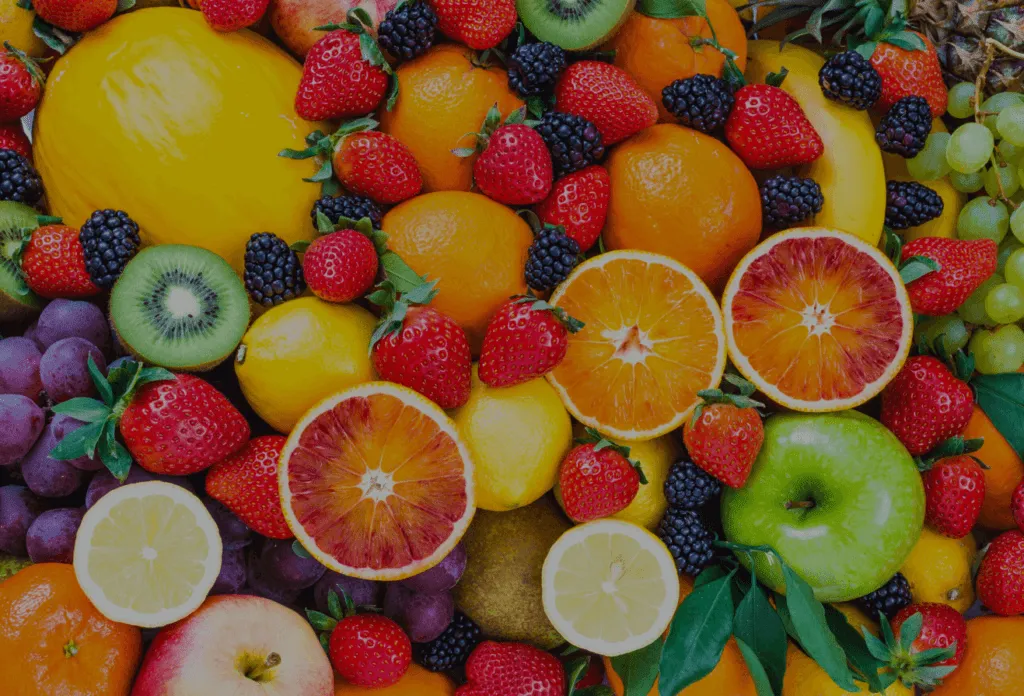The global fruit trade is a complex, fast-evolving system that reflects the interconnectedness of agriculture, economics, technology, and climate. As consumer demand for healthy, fresh produce continues to rise, fruit has become one of the most traded agricultural commodities worldwide. Understanding the dynamics of this trade is crucial for farmers, exporters, importers, policymakers, and even consumers who want to keep pace with global food trends.
1. Overview of the Global Fruit Trade

Fruit is a major component of global agricultural exports, with billions of dollars in trade occurring annually. Countries both large and small engage in the import and export of fruits to balance climate-driven production limitations and meet domestic consumption needs. The most commonly traded fruits include:
- Bananas
- Apples
- Oranges
- Grapes
- Mangoes
- Avocados
- Berries
According to the Food and Agriculture Organization (FAO), global fruit exports have nearly doubled over the last two decades due to improvements in logistics, cold-chain systems, and consumer awareness about nutrition.
2. Key Exporting and Importing Countries
Top Exporting Countries (2024 Data):

- Mexico: Dominates the avocado and tropical fruit market.
- Ecuador: World’s largest exporter of bananas.
- Spain: Major exporter of citrus fruits and strawberries to the EU.
- Chile: Noted for its grapes, apples, and kiwifruit exports.
- South Africa: Significant citrus and stone fruit exporter.
Top Importing Countries:
- United States: Largest importer of fruits, especially tropical and off-season varieties.
- Germany: Major importer within the EU, especially bananas and berries.
- China: Rapidly growing importer due to rising middle-class demand.
- Japan: Known for importing high-quality apples, cherries, and grapes.
- Netherlands: Acts as a re-export hub within the EU.
3. Factors Influencing Global Fruit Trade
Several forces drive the complex dynamics of fruit trade, including:
a. Climate and Seasonality
Since fruits are seasonal, countries in opposite hemispheres often complement each other’s production cycles. For instance, Chile and South Africa supply grapes and apples during the Northern Hemisphere’s off-season.
b. Consumer Preferences
Trends such as increased demand for exotic, organic, or convenience-packaged fruits shape export priorities. Avocados, blueberries, and dragon fruits are examples of skyrocketing consumer interest influencing trade.
c. Free Trade Agreements
Trade policies such as NAFTA (now USMCA), EU trade pacts, and ASEAN agreements reduce tariffs, making fruit exports more profitable.
d. Technological Advances
Cold storage, controlled atmosphere transport, and digital tracking allow longer-distance fruit exports without compromising quality.
e. Food Safety Regulations
Exporting countries must meet strict phytosanitary standards. Compliance with certifications like GlobalG.A.P. or HACCP is essential for access to premium markets.
4. Challenges in the Global Fruit Trade

Despite robust demand, the sector faces considerable challenges:
a. Supply Chain Disruptions
Events like the COVID-19 pandemic exposed vulnerabilities in logistics and labor availability, affecting fruit harvesting and distribution globally.
b. Climate Change
Extreme weather events—such as droughts, floods, and unseasonal frosts—are impacting yields and fruit quality, especially in countries like India, Italy, and Peru.
c. Rising Costs
Fertilizer prices, packaging materials, and international freight charges are increasing, squeezing profit margins for exporters.
d. Geopolitical Instability
Trade wars, tariffs, and political disputes (e.g., US-China trade tensions) can suddenly alter access to markets.
5. Emerging Trends in Fruit Trade
a. Growth in Organic Fruit Exports
Organic fruit demand is on the rise, especially in the EU and North America. Countries like Peru, India, and Kenya are leveraging this by cultivating chemical-free produce for export.
b. Increased Focus on Sustainability
Eco-friendly packaging, reduced carbon footprint, and fair-trade practices are becoming prerequisites for large buyers and retailers.
c. Digital Trade Platforms
Online B2B platforms and AI-powered trade matchmaking tools are connecting small-scale producers with global buyers more efficiently.
d. Diversification of Export Markets
Countries are no longer overly dependent on a single market. For example, Vietnam is expanding its fruit exports beyond China to include the EU and Middle East.
6. Case Studies of Fruit Trade Success

a. Avocado Boom – Mexico
Mexico exports over 1 million tons of avocados annually, mainly to the U.S. Through smart branding (“Avocados from Mexico”) and sustained quality, it controls over 80% of the U.S. market.
b. Blueberry Expansion – Peru
Peru has emerged as a top exporter of blueberries within a decade. Through investment in irrigation and high-yield varieties, it now challenges traditional leaders like the U.S. and Canada.
c. Apple Diplomacy – India and Iran
With trade sanctions affecting Iran, India emerged as a new importer of Iranian apples. This shift shows how diplomatic changes influence fruit trade flows.
7. Future Outlook

The global fruit trade is poised to continue expanding, driven by population growth, urbanization, and rising health awareness. However, it must adapt to evolving challenges like climate resilience, traceability demands, and changing consumer behavior.
Future growth areas include:
- Packaged ready-to-eat fruit.
- Functional fruits with health benefits (e.g., superfruits).
- Expansion into African and Southeast Asian consumer markets.
8. What This Means for Indian Growers and Exporters
India, though rich in horticultural output, still lags in global fruit exports. Improving infrastructure, post-harvest technology, and farmer training could significantly boost its share in the global fruit market.
Key opportunities for India:
- Mangoes, pomegranates, bananas, guavas in Middle Eastern and EU markets.
- Embracing organic cultivation for premium pricing.
- Leveraging cold-chain investments through public-private partnerships.
Conclusion
The global fruit trade is no longer just about growing and shipping produce—it is a highly strategic domain shaped by technology, consumer psychology, trade policy, and environmental challenges. For both established players and emerging economies, understanding these market dynamics is essential to stay competitive and build a sustainable, profitable future in agriculture.





